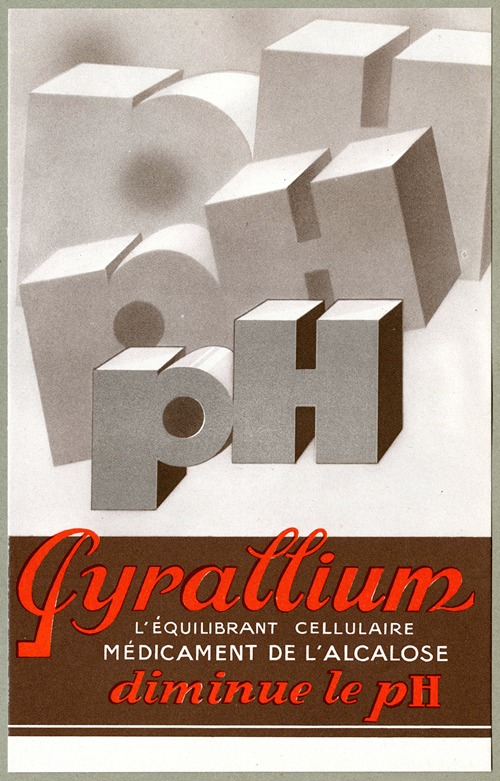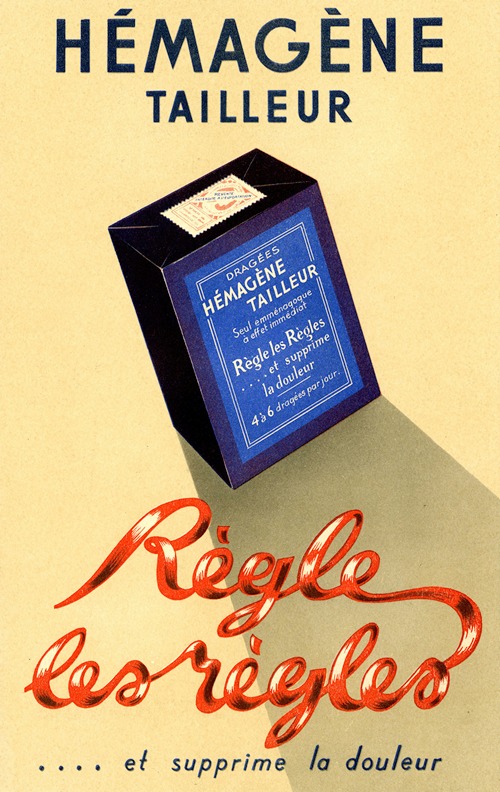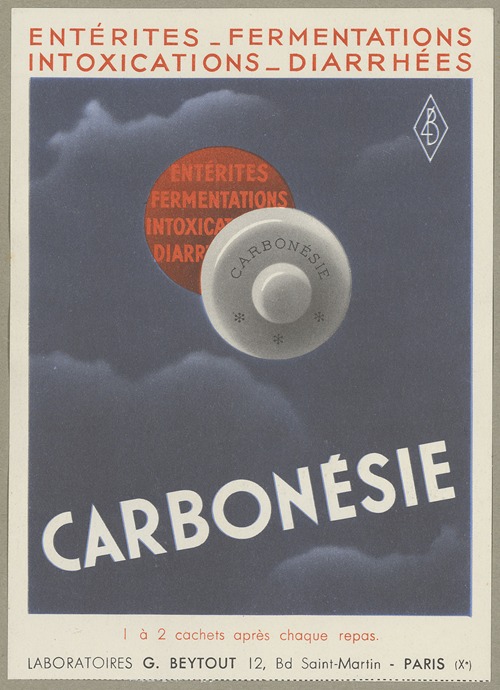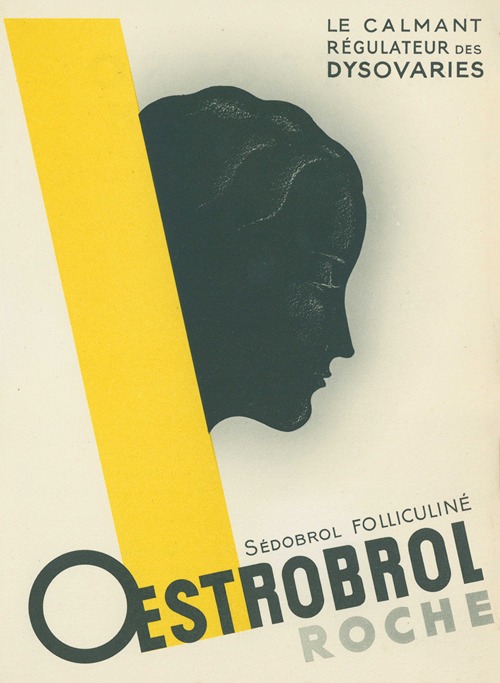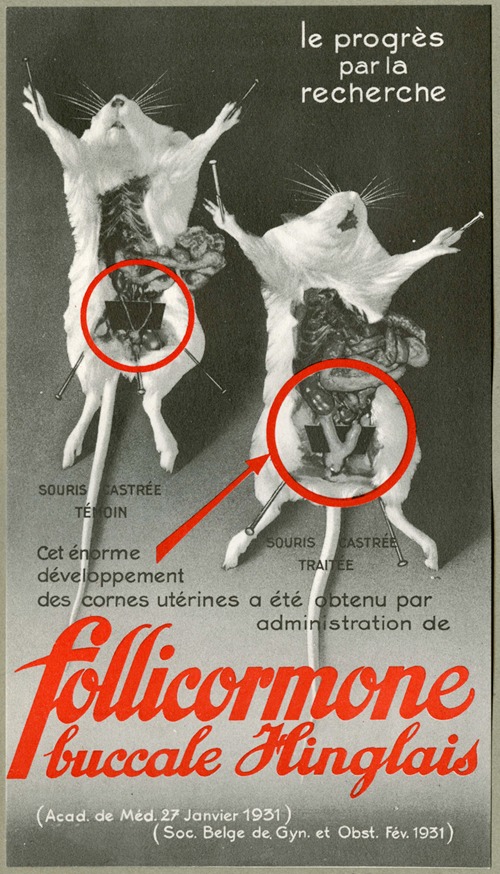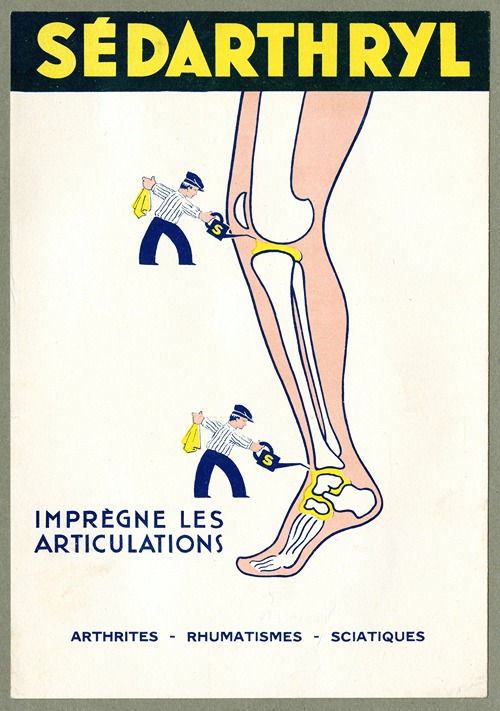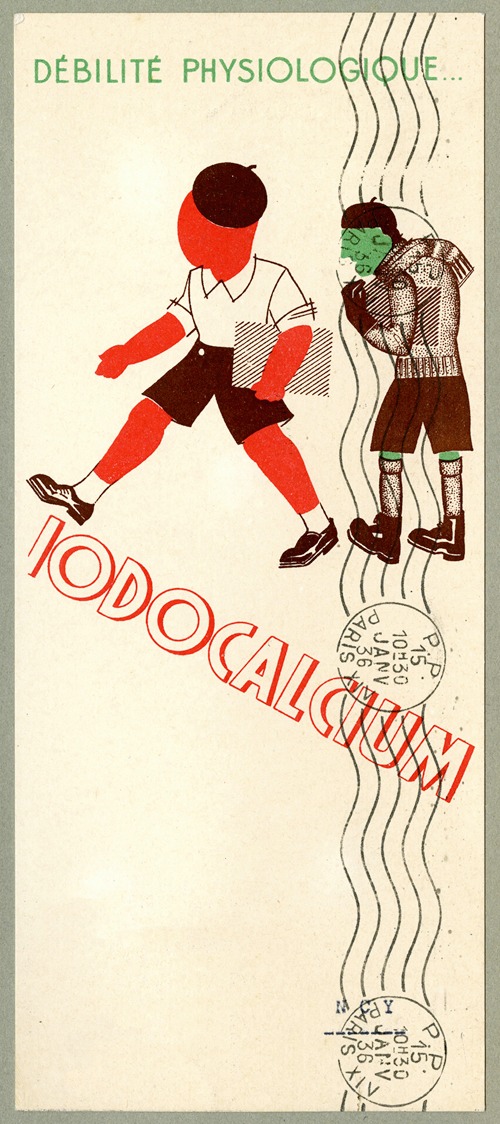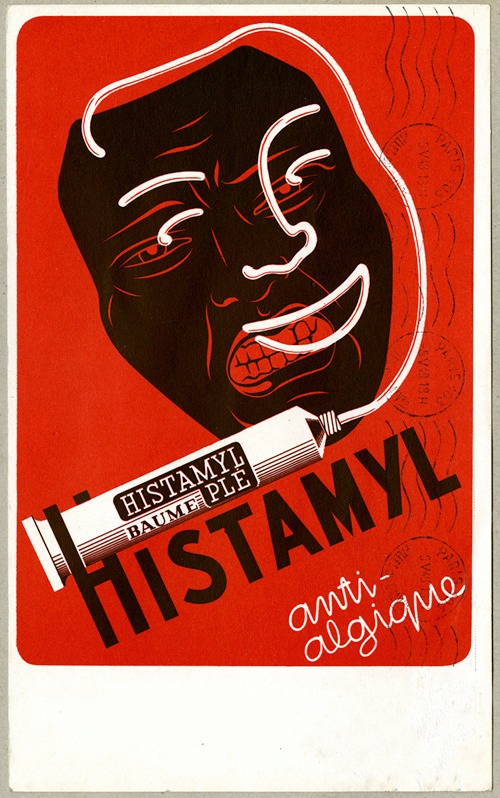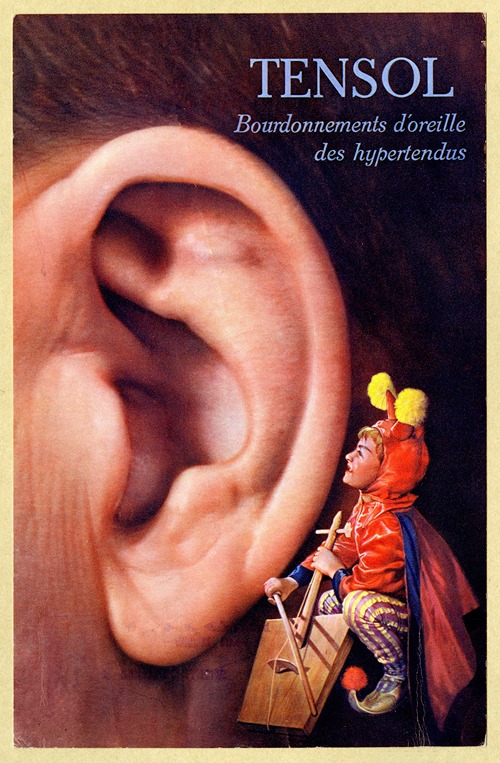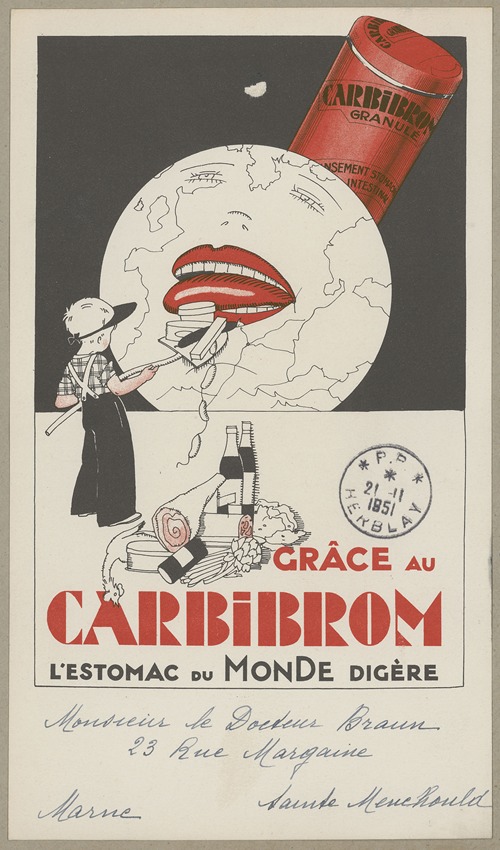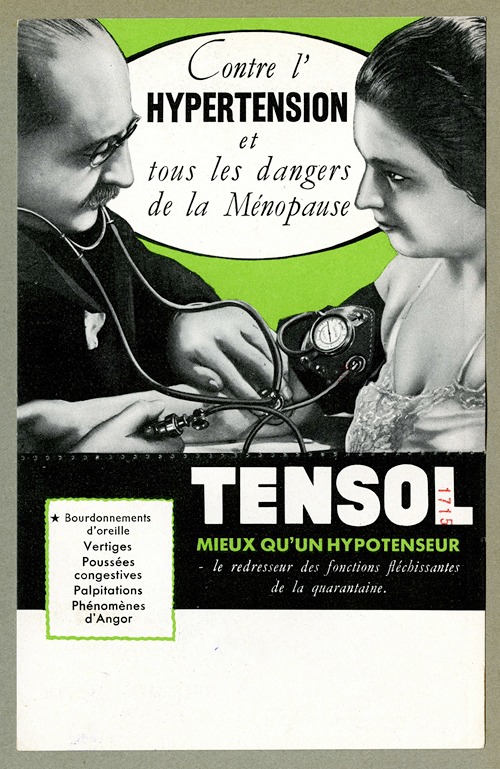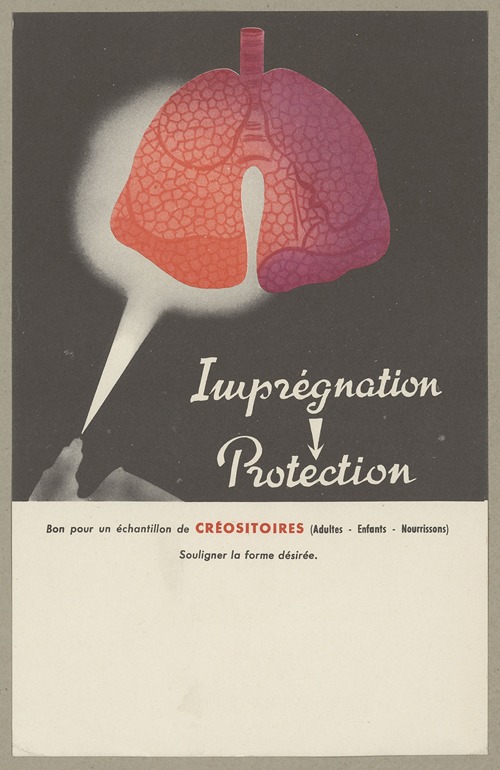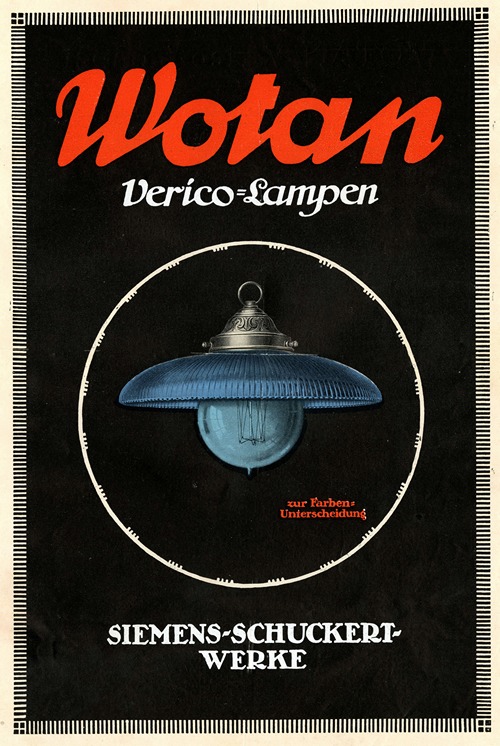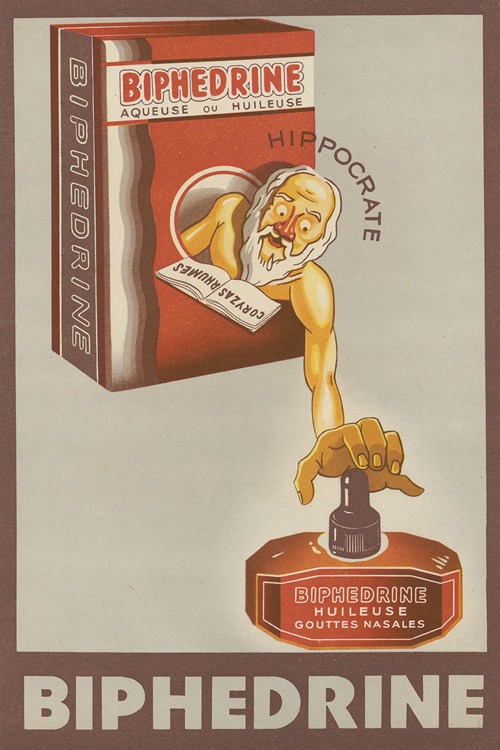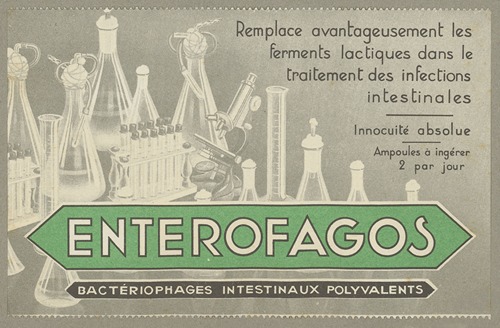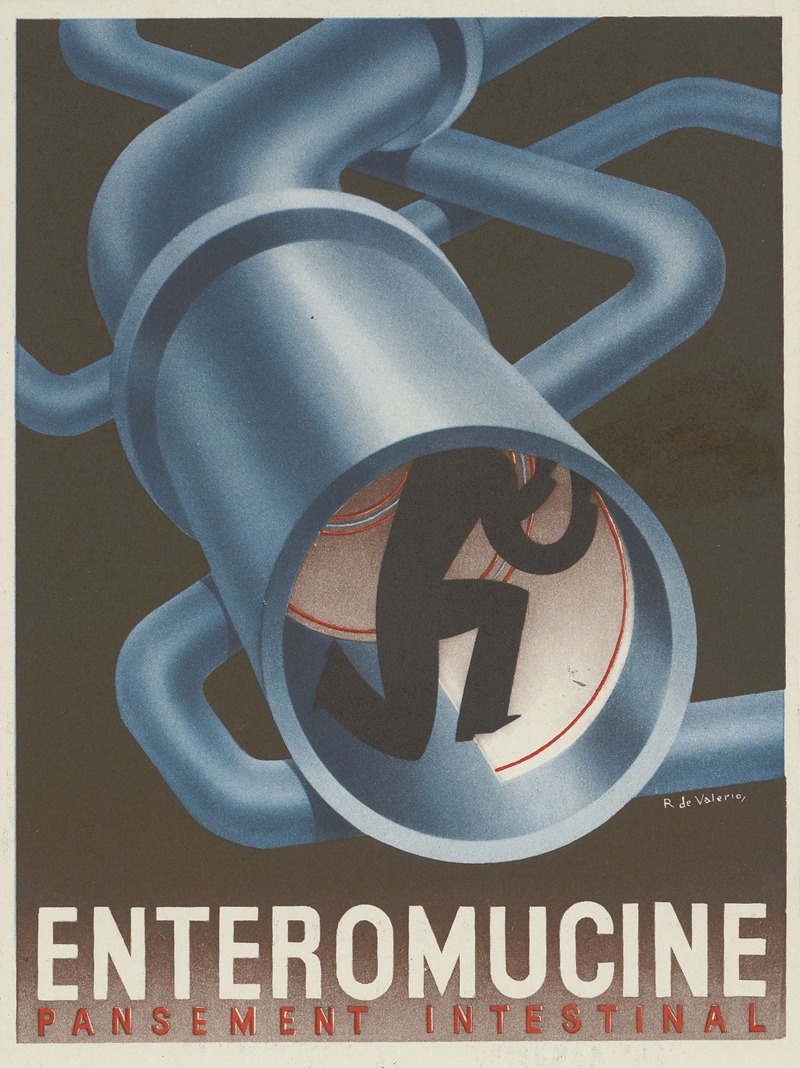
Roger de Valerio, pseudonym of Roger Laviron, born in Lille on May 16, 1886 and died in Paris on April 16, 1951, was a French illustrator, poster artist and painter.
He is particularly known for his advertising posters.
Roger de Valerio studied architecture at the École des Beaux-Arts in Paris. From 1911 to 1914 he worked as artistic director at the newspaper Le Matin. From 1917 to 1924, he joined the music publisher Salabert, for whom he produced more than 2,000 covers. In 1926, he was artistic advisor to Devambez, for whom he designed a number of posters, then in 1932 he became director of the magazine Le Rire. From 1936 to 1940, he was associate director of the publishing house Perceval. In 1933, he taught at the technical school of advertising.
In 1940, he decided to retire to Belle-Île-en-Mer to devote himself to painting - mainly nudes and still lifes of flowers - and then to illustrating books. He produced 19 engravings for Alfred Jarry's Le Surmâle. In 1951, he illustrated Le Lion et la Poule by Sacha Guitry in the Raoul Solar edition (woodcut by Henri Jadoux).
For the magazine L'Art vivant of October 1926, he declared, “The first quality of a poster is to be seen and read [...]. All means are good, the end justifies the means”.
Among the very many sheet music covers illustrated by Roger de Valerio, we can note the one he did for Mistery, a foxtrot by Joseph A. Cirina, whose design depicts the bust of a young woman with a wolf's mask and rolling the pearls of her necklace between her fingers, emerging from behind a theater curtain.
It illustrates the cover of the score of a tango milonga composed by the Chilean composer I. Casamoz (Joaquín Zamacois), music of the song Nena created by Raquel Meller, with the bust of this famous Spanish singer romantically holding a flower in her hand.
In 1926, for the cover of the score of the piece Who? by the American composer Jerome Kern, an extract from the operetta Sunny, Roger de Valerio produced a design in a more modern style. The image uses a fuchsia background against which stands out an enormous question mark, at the foot of which is a young woman wearing a short dress.
For the Salabert music publishers, he produced a gouache in 1930 for the cover of a jazz score entitled Such a small cottage. In the foreground, it depicts the two main “Y” branches of a protective tree overlooking a small, quiet house situated below in the middle of the greenery. The dominant colors are green and dark red.
